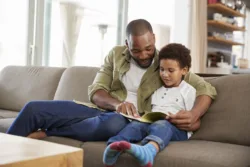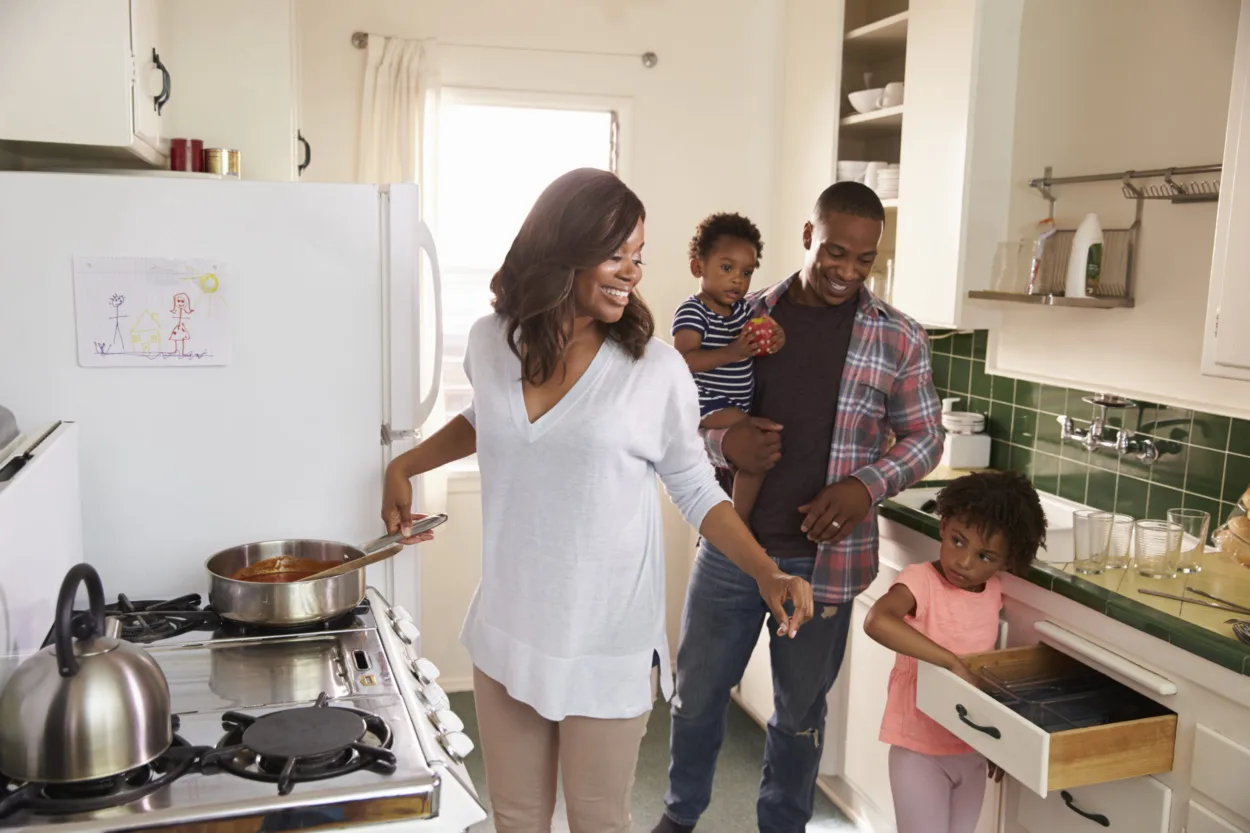
No one needs an expert to explain that the behavior of children and adults is distinct. Yet while they are unique, the behavior of each is purposeful and communicates something. Anxiety is no different.
Children manifest anxiety in their own ways. In this article we’ll look at the signs of anxiety in children, and the best ways for treating both the symptoms and the root of the issue.
A definition of anxiety
In order to understand anxiety disorders, we first look to the Diagnostic and Statistical Manual of Mental Disorders (or DSM V), compiled by the American Psychological Association. This guide book lays out the diagnostic criteria, symptoms and treatment suggestions for all mental illnesses.
Anxiety is actually a category of mental illness that includes – generalized anxiety disorder, agoraphobia, separation anxiety disorder, selective mutism, panic disorder and phobias. The most prominent anxiety symptom for kids is excessive fear or worry. Other symptoms may differ for each diagnosis, and a brief summary of each will be laid out here, followed by some common symptoms.
Generalized anxiety disorder: This mental illness is characterized by persistent or overwhelming fear, which is out of proportion to the potential impact of the thing itself. Children may worry excessively about school, sports or friends. They tend to worry about their family members’ safety. Generally, they will require an abnormal amount of reassurance and strive for perfection and approval.
Agoraphobia: This disorder implies that a person struggles with situations where he or she feels trapped, embarrassed or helpless. This manifests as fear of large buildings, crowds, waiting in lines and being in other public places. A child with agoraphobia will constantly fear being unable to escape a threatening situation.
Separation anxiety disorder: While most children struggle with leaving their caregivers at some point, most children outgrow this anxiety by age three. When children fear leaving their parents to the point that it interferes with daily living, it may be a sign of a disorder. Children with separation anxiety disorder will fear tragic accidents or natural disasters happening to parents when they are gone.
Selective mutism: This anxiety disorder occurs when a child is able to speak, but the child does not speak in certain environments. A child may refuse to speak at school, in public, outside the home or in the presence of strangers. This can cause functional impairment for a child in important developmental years.
Panic disorder: Panic disorder is when a child has intense episodes of extreme fear or worry that results in physical symptoms, like chest pain, shortness of breath and a rapid heart rate. These episodes quickly reach a peak and a child may feel the anxiety so profoundly that he or she feels as if death is imminent.
Specific phobias: This mental illness is characterized by extreme fear of a certain particular thing or event. Common phobias for children include animals, tight spaces, blood, flying on a plane, heights and so on.
Signs of anxiety in children
Although each specific anxiety disorder has unique manifestations, there are some commonalities to anxiety disorders as a whole. Here are typical anxiety symptoms for kids.
- Low self-esteem
- Trouble sleeping
- Nightmares
- Withdrawing during social events
- Abnormal appetite
- Shaking or fidgeting
- Reluctance to make eye contact
- Covering the face with hair, hoodies, etc.
- Wearing clothing inappropriate for the weather to cover the body
- Seeming on edge
- Difficulty sitting still
- Rapid breathing
- Appearing tense
- Obsessing over feared objects or situations
- Rumination (inability to stop thinking about something)
- Becoming angry quickly, with little provocation
- Difficulty managing emotions
- Tantrums
- Frequent crying
- Excessive clinginess
- Somatic complaints (stomach aches or headaches)
If a child presents with several of the above symptoms, it may be time to visit a doctor to ask about an anxiety disorder diagnosis. Age can also help a caregiver to identify a child struggling with one of the anxiety disorders, too. According to the National Health Service, younger children are more likely to struggle with separation anxiety, whereas older children and teens are more likely to suffer from social phobias.
Treatment for childhood anxiety
While every child will feel anxious at some point, not all children struggle with clinical anxiety. If you think your kid may be impacted by an anxiety disorder, it’s important to get professional treatment. The two main forms of treatment are psychotherapy and medication. A combination of the two may be most helpful.
Psychotherapy: Many mental illnesses are treated with psychotherapy, or talk therapy. In psychotherapy a child will process triggers to anxiety and learn to cope with distress, and eventually overcome it. Psychotherapy usually includes cognitive behavioral therapy or exposure therapy to address anxiety.
For some, therapy may last months or even years. Others may have some symptoms of anxiety for life, but be able to manage symptoms. Psychotherapy is not a quick, miracle-cure- but it is extremely effective in helping individuals to manage anxiety disorders and perhaps the most highly recommended treatment.
Medication: Psychotherapy is usually the first treatment attempted, but for some it might not be enough. Medications are commonly prescribed to help those suffering with anxiety to minimize the impact of anxiety so individuals can lead a full life. Children who receive medication for anxiety should be very closely monitored, as they may be unable or reluctant to communicate how medication impacts them.
Getting help
If you think your child has been impacted by an anxiety disorder, it’s time to reach out for help. The Light Program can guide you through treatment, from the first step of getting a diagnosis to partnering you and your family with the right therapist. Call 610-644-6464 to get your family connected with the best services available.





